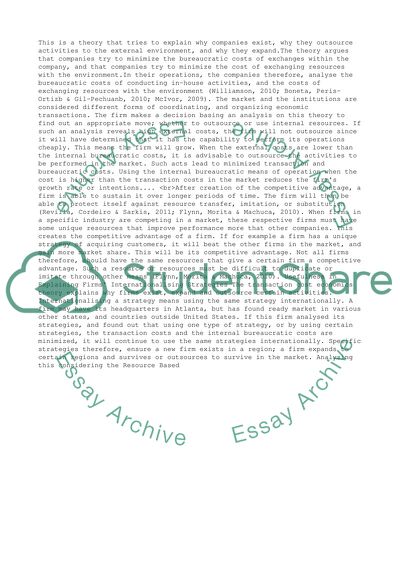Cite this document
(“Critically assess theories of Transaction Cost Economics and Resource Essay - 1”, n.d.)
Critically assess theories of Transaction Cost Economics and Resource Essay - 1. Retrieved from https://studentshare.org/business/1496254-critically-assess-theories-of-transaction-cost
Critically assess theories of Transaction Cost Economics and Resource Essay - 1. Retrieved from https://studentshare.org/business/1496254-critically-assess-theories-of-transaction-cost
(Critically Assess Theories of Transaction Cost Economics and Resource Essay - 1)
Critically Assess Theories of Transaction Cost Economics and Resource Essay - 1. https://studentshare.org/business/1496254-critically-assess-theories-of-transaction-cost.
Critically Assess Theories of Transaction Cost Economics and Resource Essay - 1. https://studentshare.org/business/1496254-critically-assess-theories-of-transaction-cost.
“Critically Assess Theories of Transaction Cost Economics and Resource Essay - 1”, n.d. https://studentshare.org/business/1496254-critically-assess-theories-of-transaction-cost.


